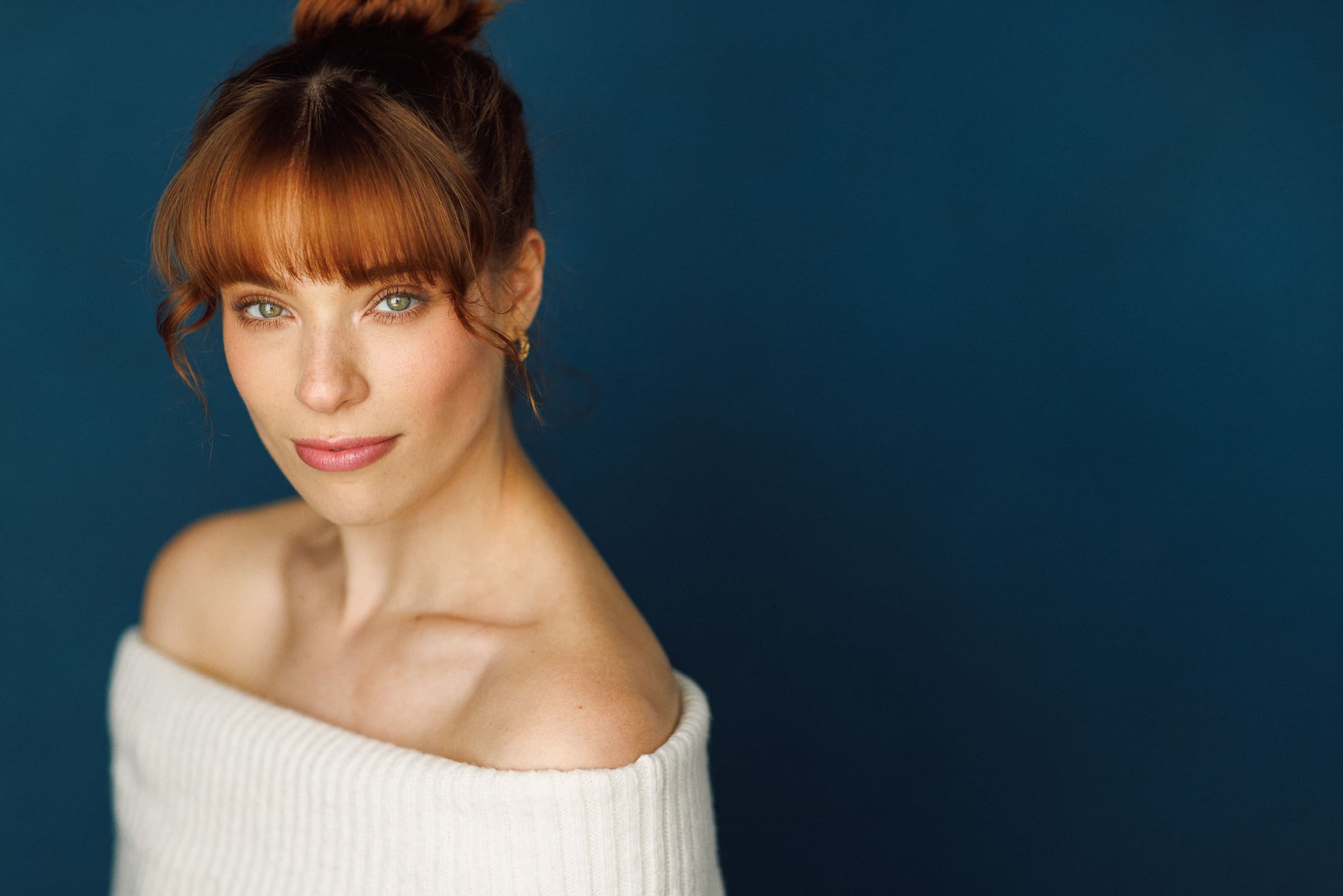
Headshot Tips and Tricks
Articles about Headshot Photography
The Power of Window light in Headshots
A breakdown of the positive and negative aspects of window light in headshot Photography
Top Quality Tops: Why Fabric, Fit, and Details Matter in Your Headshot Session
When it comes to headshot sessions, what you wear can make all the difference. You’re not just choosing clothes—you're selecting pieces that speak to who you are, what you do, and the image you want to project to the world.
Is It Easier to Shoot Guys as a Headshot Photographer? Simpler yes, but possibly harder!
As a headshot photographer, one of the most common questions I encounter is whether it’s easier to photograph men or women. While the answer is not always straightforward, there are some general trends and differences to consider.



